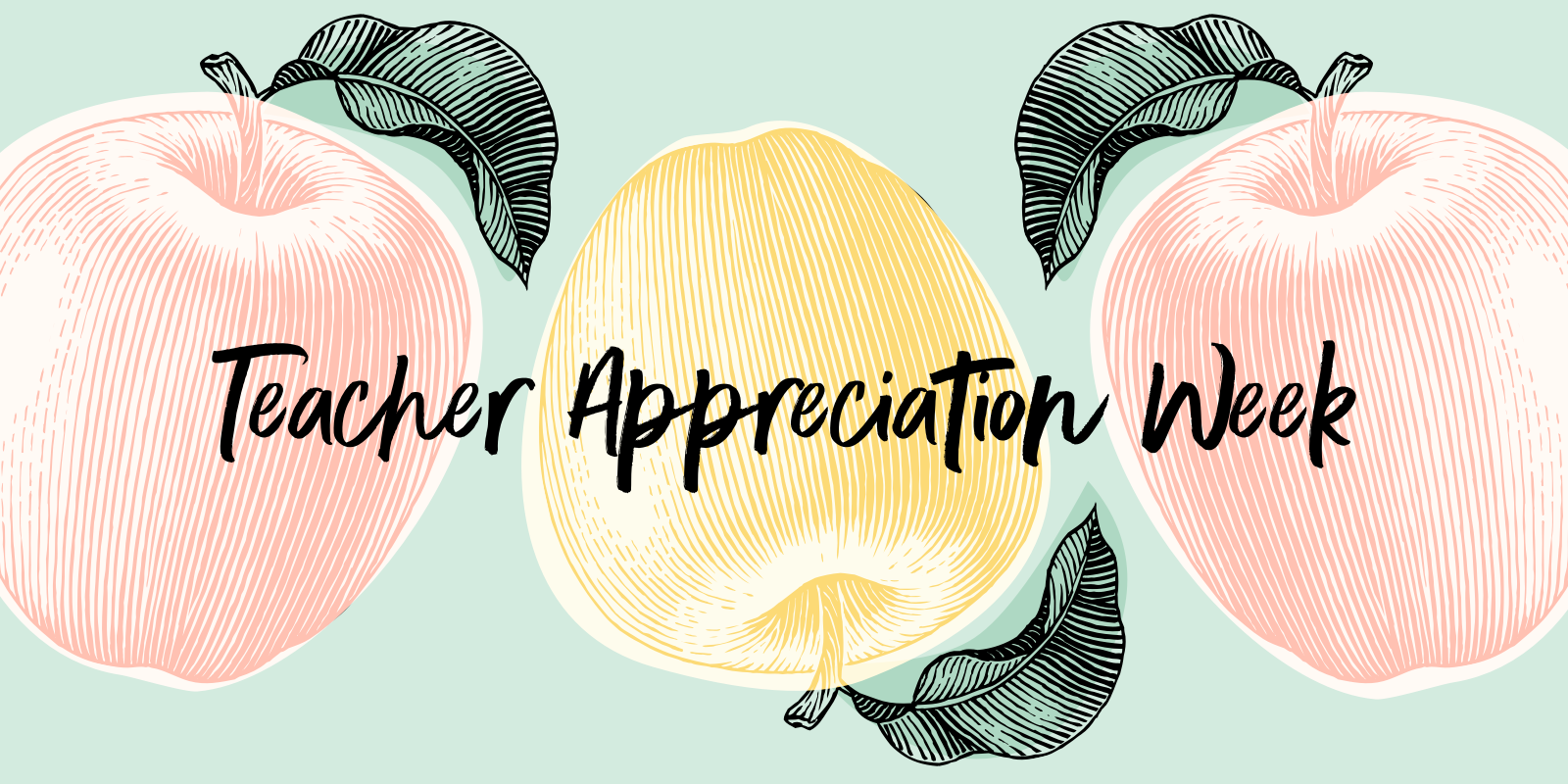The hustle and bustle of back-to-school time has historically been one of the most exciting times in education, but this isn’t just any other year. And it’s important for all companies that work in education to recognize this. An NEA poll from earlier this year found that 90% of teachers feel burned out, and 86% of these teachers have seen a drastic mass exodus from the teaching profession. With all of this going on, how can your brand begin to support teachers where they are without seeming insensitive?
Look Back in Exhaustion
First, it’s important for education brands to understand what teachers and administrators have experienced in the past 2-3 years. In March of 2020, when COVID first came on the scene, everyone was in this together, and educators, for the most part, were united as a culture. The school year started out with so much support, and so much grace was given. It was also a time when teachers had to learn brand new pieces of technology and then teach it to a classroom of students virtually, in person, or as a hybrid of both. The job description got harder, and teachers were also teaching during a respiratory pandemic, which mimicked every cold/allergy symptom. Most teachers found themselves in and out of the classroom throughout the year due to illness or awaiting results of COVID tests. For a teacher, being out of the classroom can actually be more stressful than being in the classroom, so this created its own set of challenges. Some districts had teachers teach from home even if they were sick or had sick little ones. It was hard. But we as educators felt supported, and it seemed like it would eventually end.
Now, onto that beast of a school year known as 2021-2022. This was the hardest year of teaching I’ve experienced in 13 years, and every single educator with whom I engaged online or in person shares that sentiment. The grace that was once given was over; not only was it business as usual, it was also working alongside students and parents that had shared our mental strain of surviving a pandemic. Parent groups started forming that were holding teachers and school districts “accountable.” Anti-CRT (Critical Race Theory) groups of parents started forming and pointing their fingers at administrators, school boards, and teachers. I was personally told that I was indoctrinating students into certain belief tactics and attacking their civil rights when I taught about the Native American perspective on Thanksgiving. I had parents pull their students out of my classroom because I read a book about a boy in preschool who wanted to wear a dress like his mom and kids started bullying him about it. In the book, the other kids in the class realized he built really cool rockets and still wanted to be his friend. Why did I read that book? Because I had two transgender students in my classroom that were facing bullying.
No more free “COVID days” were granted during the 2021-2022 school year – so if I or someone in my family was showing symptoms, I had to write sub plans and use days of my personal sick time waiting for test results. Administrators and school nurses had to become COVID-19 experts by memorizing all the newest guidelines and regulations. They now had the daunting task of contacting homes with quarantine news that could throw a wrench into a family’s week. Public schools serve their communities, and those populations hold a wide variety of opinions with most things related to the pandemic and curriculum. Students were struggling with how to communicate their feelings. Kids still developing that frontal lobe of reasoning were only communicating through negative behaviors. The year ended, and I’ve never felt more relieved to see the buses roll away than I did this past May.
The Role EdTech Can (and Should) Play
So, how does an EdTech brand talk to this group of people that have just endured a few years of significant trauma? The fact that you’ve read this far shows that you care about your target audience. That means a lot. Here are some tips for how to engage with this nuanced audience during this time:
Engage Authentically With Teachers Online. If a teacher is engaging with your brand online, tell them you appreciate the work they do each and every day, maybe because you saw an earlier post about them staying late. You don’t realize how powerful your words can be until you’ve been on the other end of a nasty email and then get a notification from your favorite EdTech brand saying, “You’re amazing.”
Amplify Educator Experience. Is there an educator that had a great experience using your brand or program? Ask them if you could highlight their experience in a blog, newsletter, or post. Teachers will listen and trust stories from other educators over a brand’s perspective.
Quick How-To Videos. The typical teacher more than likely didn’t have any say in purchasing your piece of technology, which is typically purchased at the administrative and district levels. Win these teachers over by making it easy for them to use your product. Create short videos about how to complete certain tasks. Remember, the easier the tool seems, the more it will be used, and the longer a school may keep the contract.
Build a Community. If you have an online community inviting educators to share with each other how they’re using your product, you can gain the respect of educators and administrators. Teachers love to connect and share what fun new things they’ve learned. If you grow this community with an active online presence and mailing out the ever-so-coveted swag, you can build loyalty. Why am I involved with numerous pieces of technology? Because I’ve wanted to try them out after seeing other educators using them online. Then, I’ve tweeted about it… and the cycle continues.
The past three years of education have been the hardest. Teachers and administrators have been tasked with requests that they never thought possible. When the impossible became expected, teachers rose to the occasion. As an EdTech brand, you must rise to the occasion as well. Be intentional in recognizing the trauma that teachers have endured, honor the grace with which they continue to teach our children, and be prepared to help them face yet another school year like any other. Please take these tips to heart in everything you do.





